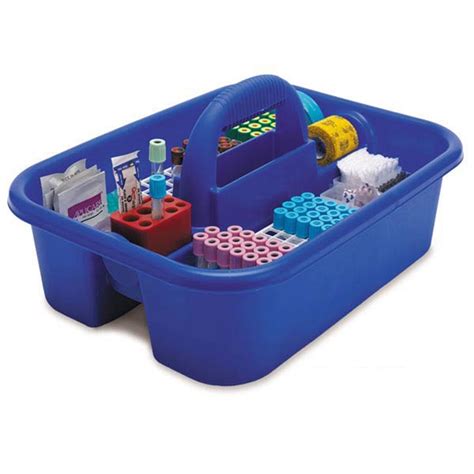**Title: Pay Rate For Phlebotomist: Understanding Salary Expectations**
**Introduction:**
If you are considering a career as a phlebotomist, you may be wondering about the pay rate for this profession. Phlebotomists play a crucial role in healthcare by drawing blood from patients for various medical tests and procedures. In this article, we will explore the average pay rate for phlebotomists, factors influencing salary, and tips for maximizing your earning potential in this field.
**Average Pay Rate for Phlebotomist:**
The average pay rate for phlebotomists varies depending on several factors, including location, experience, employer, and certification. According to the Bureau of Labor Statistics (BLS), the median annual wage for phlebotomists in the United States was $36,480 as of May 2020. This breaks down to an average hourly wage of $17.55.
**Factors Influencing Salary:**
1. **Location:** Salaries for phlebotomists can vary significantly by geographic location. Generally, urban areas and states with higher costs of living tend to offer higher pay rates for phlebotomists.
2. **Experience:** Phlebotomists with more years of experience in the field typically command higher salaries. As you gain experience and hone your skills, you may qualify for higher-paying positions or promotions within your organization.
3. **Employer:** The type of employer can also impact a phlebotomist’s salary. Hospitals, clinics, and diagnostic laboratories may offer different pay scales based on their budget and staffing needs.
4. **Certification:** Obtaining certification as a phlebotomist can improve your job prospects and potentially lead to higher pay. Many employers prefer to hire certified phlebotomists, who have demonstrated their competency in the field.
**Tips for Maximizing Earning Potential:**
1. **Obtain certification:** Consider pursuing a certification program through organizations such as the National Healthcareer Association (NHA) or the American Society of Clinical Pathology (ASCP) to enhance your skills and marketability.
2. **Specialize:** Explore opportunities to specialize in areas such as pediatric phlebotomy, geriatric phlebotomy, or certification in certain types of blood draws. Specialization can make you more valuable to employers and may lead to higher pay.
3. **Continuing education:** Stay current on advancements in phlebotomy techniques and technology by participating in continuing education courses and workshops. Keeping your skills sharp can help you stand out in the field and potentially earn a higher salary.
**Conclusion:**
As a phlebotomist, understanding the pay rate for this profession can help you set realistic salary expectations and plan for your financial future. By considering factors such as location, experience, employer, and certification, you can work towards maximizing your earning potential in this rewarding field. Remember to stay abreast of industry trends and consider furthering your education or specialization to boost your marketability and salary prospects.
